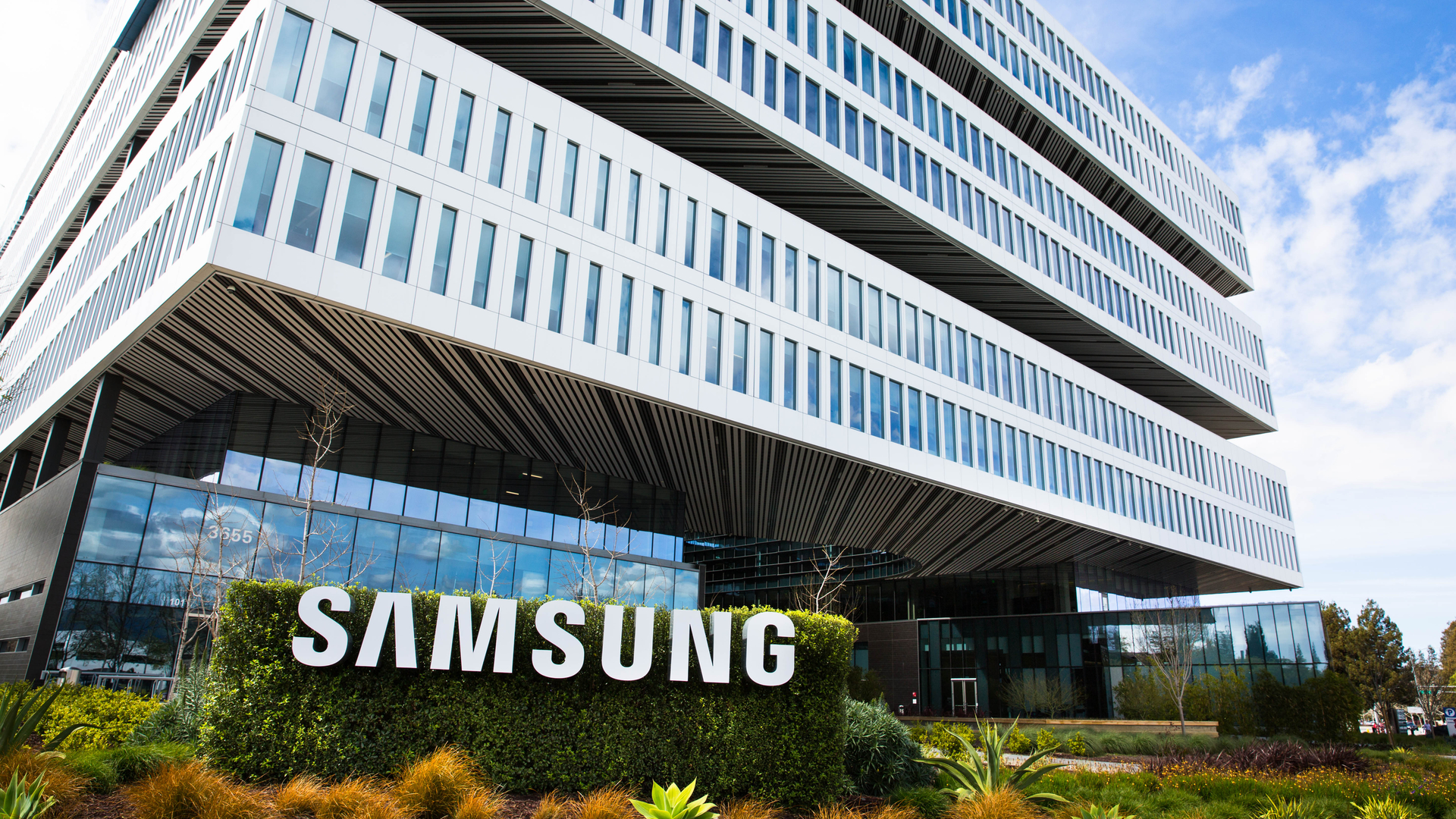Samsung picks Azure to manage its Smart TV infrastructure
The company is using Microsoft's cloud to power its Smart TV services and save money

Consumer electronics firm Samsung has adopted Microsoft’s Windows Azure cloud platform to manage its Smart TV infrastructure.
It said that moving to the cloud has already helped the Korean company achieve “significant reduction in costs, and an increased capacity to meet its growing customer base and higher productivity.”
Samsung provides Smart TV service in 120 countries around the world, with further growth planned. It said that it required something that would support ongoing, reliable service and its continual increase in traffic.
While the firm tested other products it finally chose Windows Azure as the service infrastructure because it offered the required reliability to meet its mission-critical needs and its planned expansion of service.
"After extensive testing, Windows Azure is the only cloud offering that met our exacting conditions," the company said in a statement.
In comparison to expanding its in-house IT services, Samsung achieved a ten-fold cost reduction by choosing to manage its infrastructure in the cloud, according to the company. In addition, Samsung said Windows Azure gives it the ability to help secure the server and storage resources it needs quickly, enabling time to focus on providing software and services to customers.
Samsung said the successful implementation of Azure has allowed greater scalability of its IT infrastructure and consistently provides a “smooth, fast service”. The company also saw greater speed of service in Asia, where it sees most of its Smart TV traffic.
Get the ITPro daily newsletter
Sign up today and you will receive a free copy of our Future Focus 2025 report - the leading guidance on AI, cybersecurity and other IT challenges as per 700+ senior executives
"Samsung Electronics' Smart TV is taking advantage of the unique capabilities of Windows Azure," said Bob Kelly, corporate vice president of Windows Azure at Microsoft. "Windows Azure gives Samsung the ability to focus on its business rather than having its technical team deal with problem-solving and troubleshooting issues."
-
 The Race Is On for Higher Ed to Adapt: Equity in Hyflex Learning
The Race Is On for Higher Ed to Adapt: Equity in Hyflex LearningBy ITPro
-
 Google faces 'first of its kind' class action for search ads overcharging in UK
Google faces 'first of its kind' class action for search ads overcharging in UKNews Google faces a "first of its kind" £5 billion lawsuit in the UK over accusations it has a monopoly in digital advertising that allows it to overcharge customers.
By Nicole Kobie